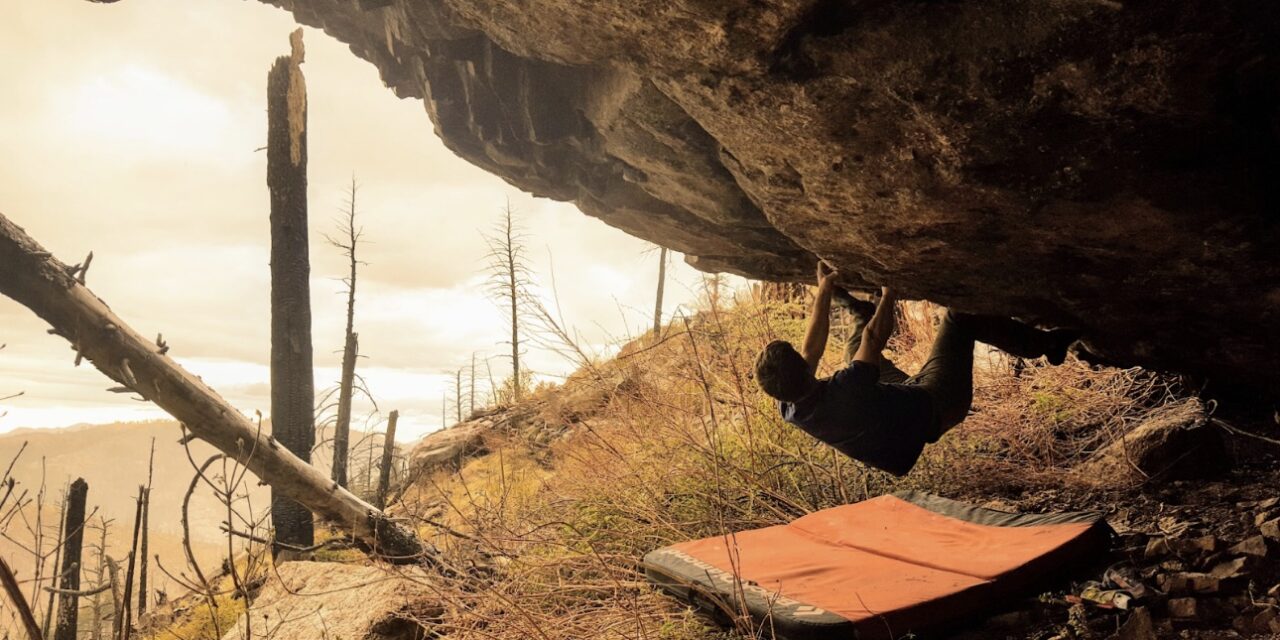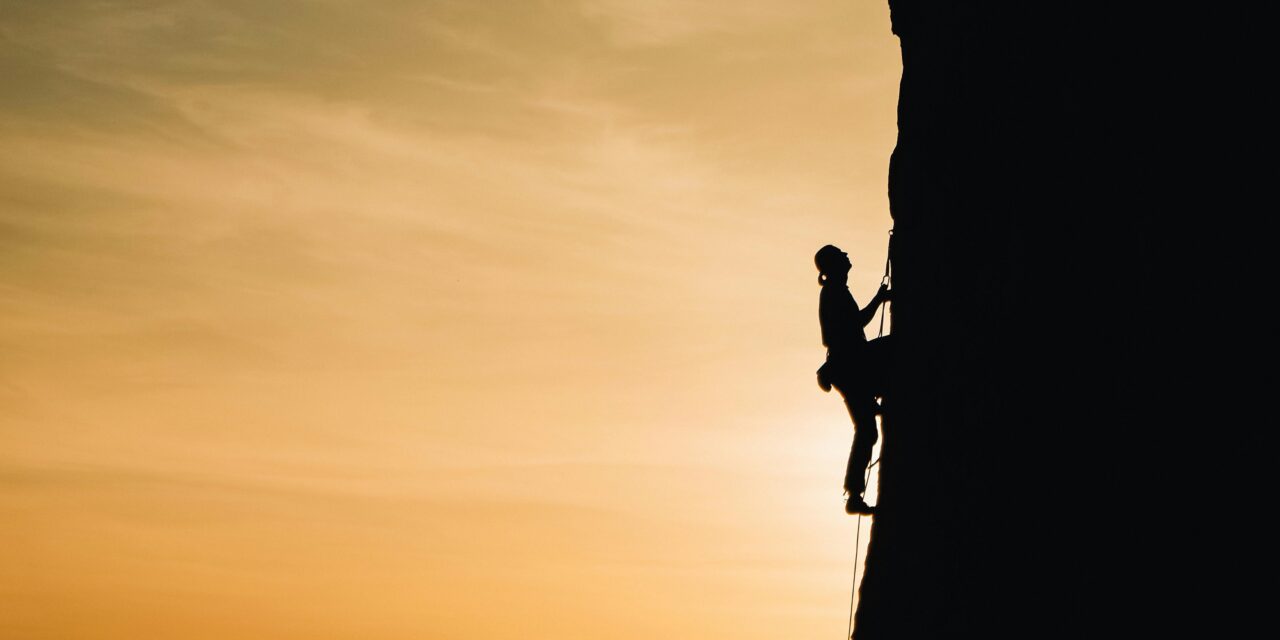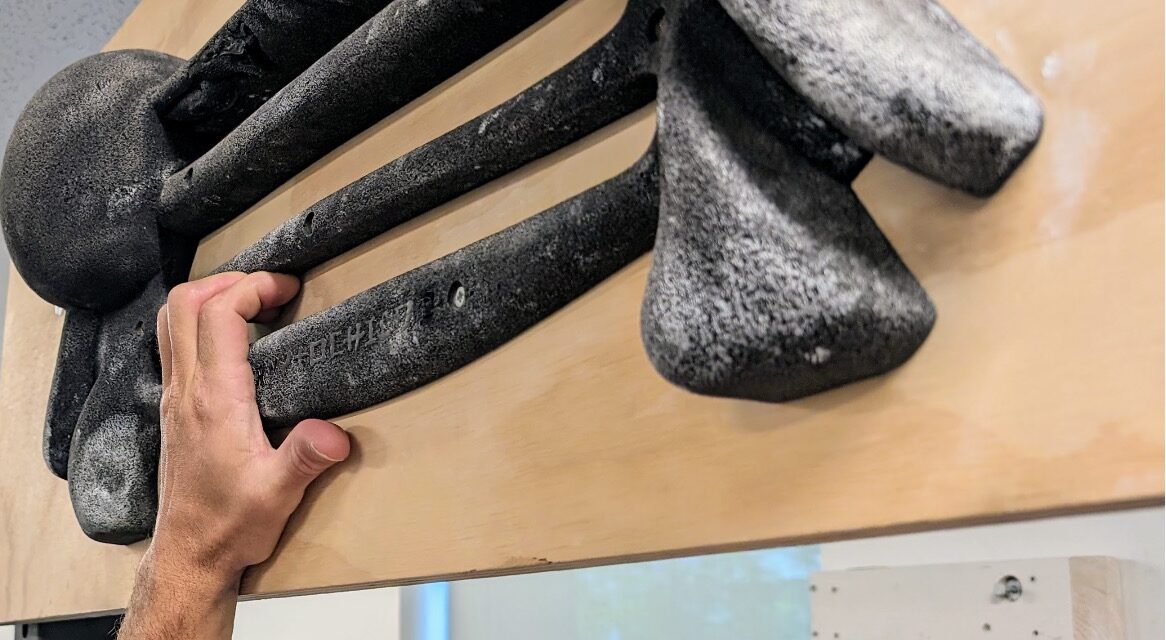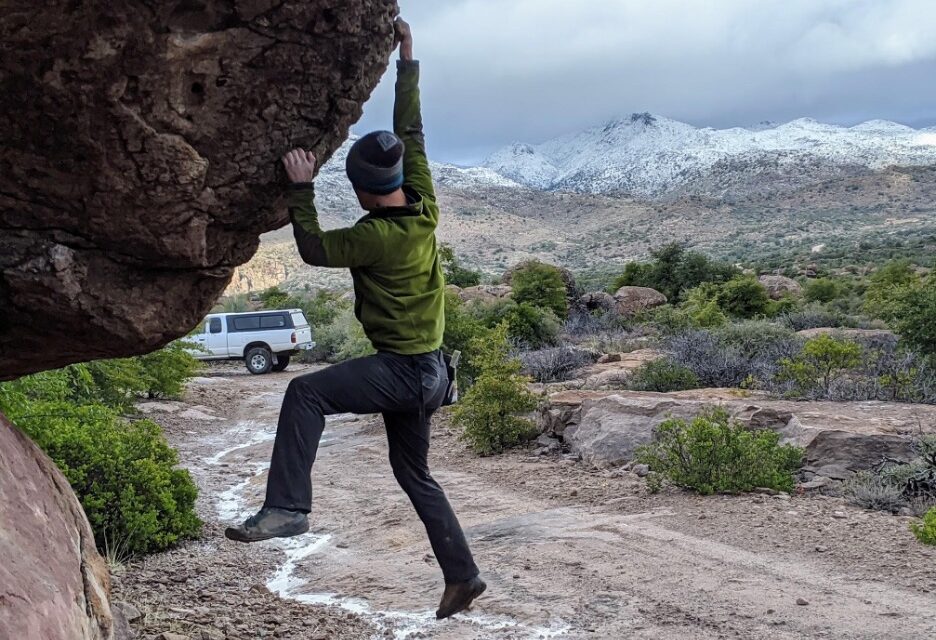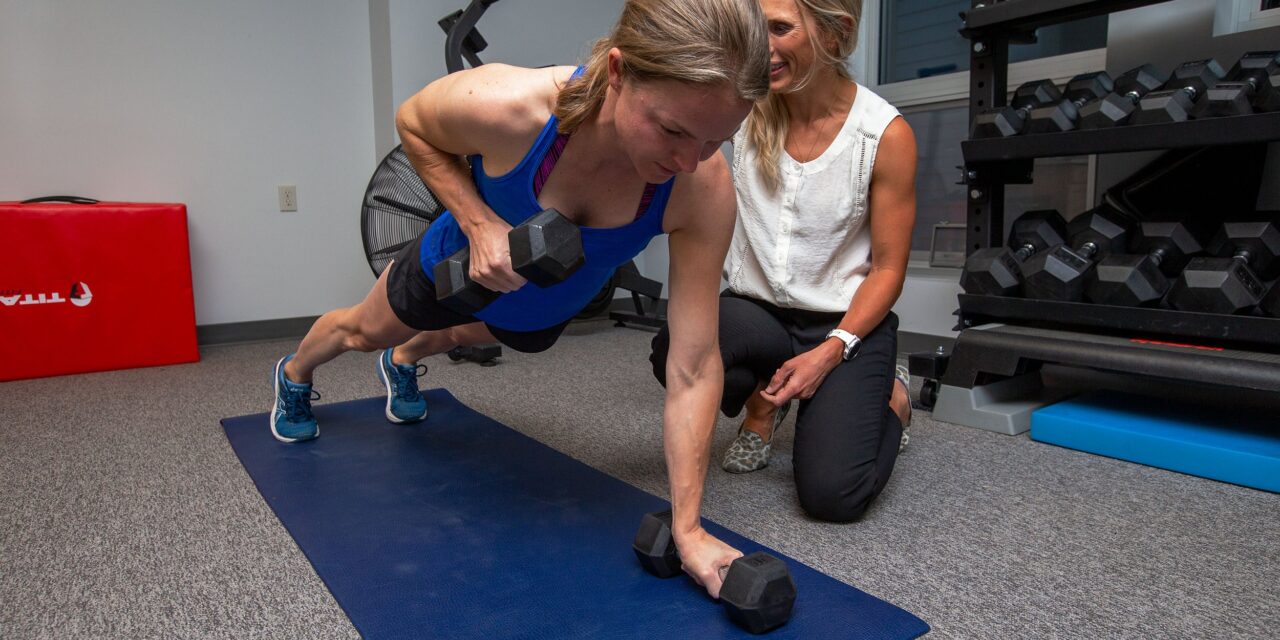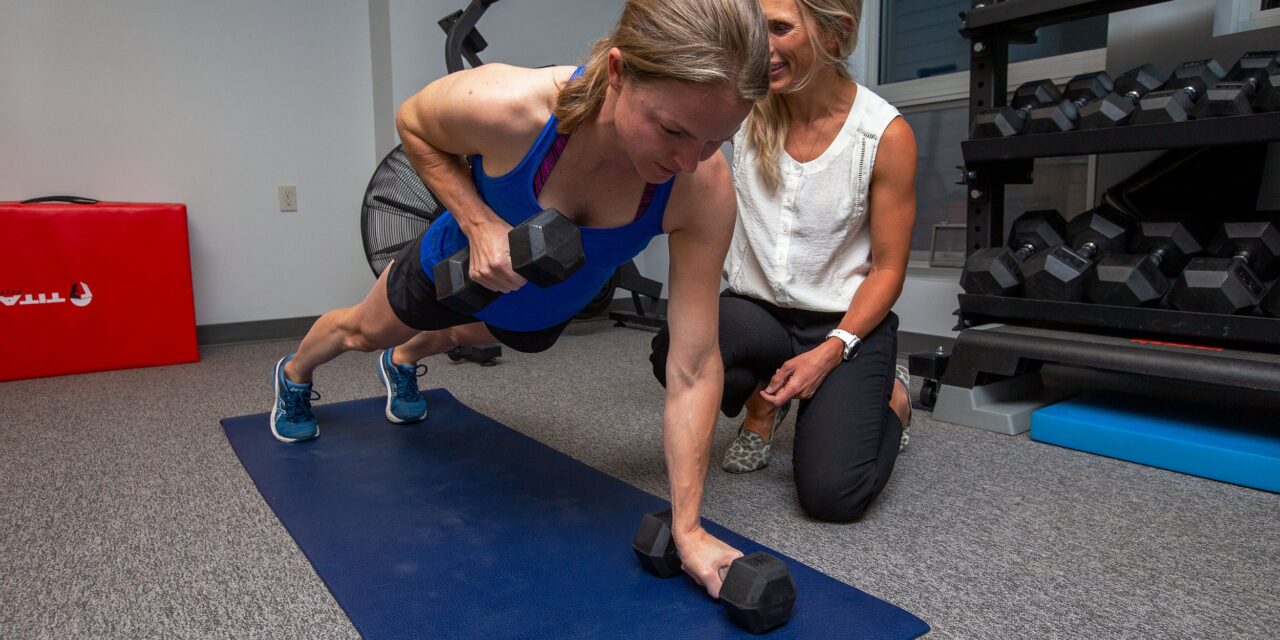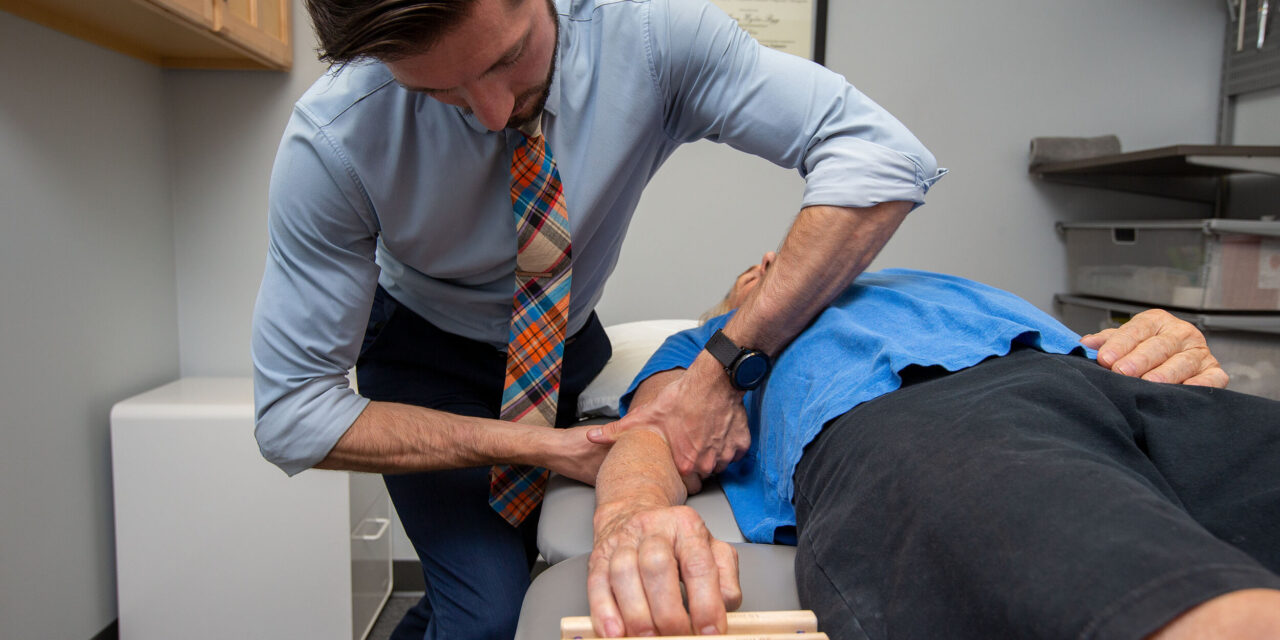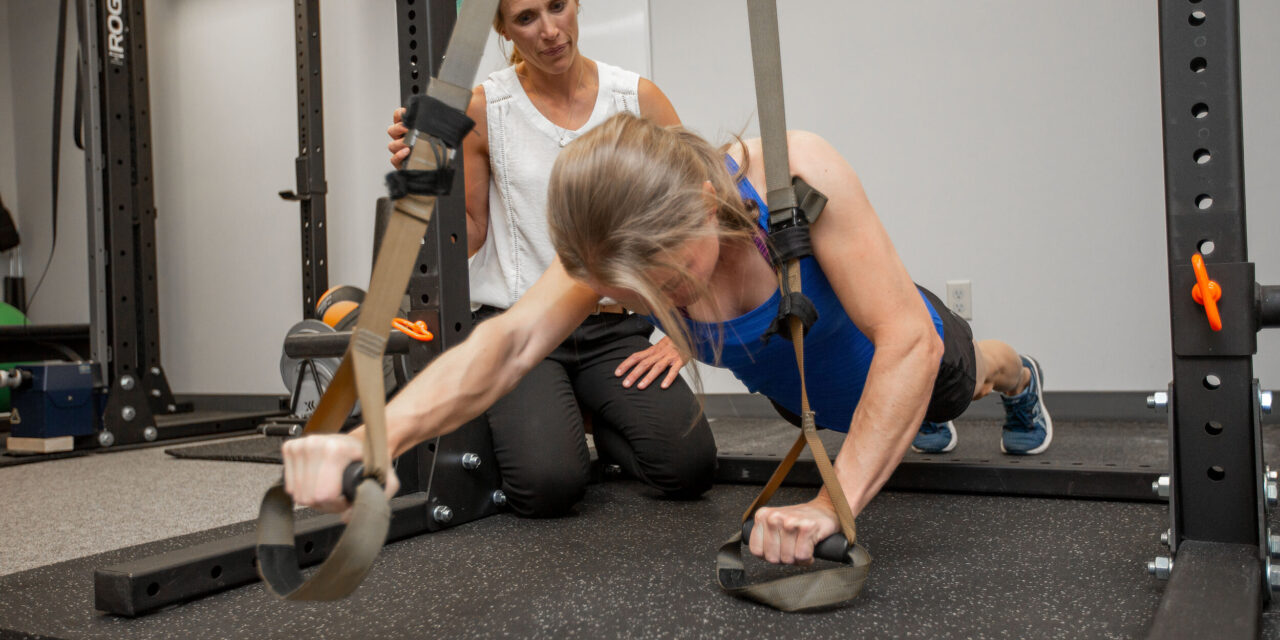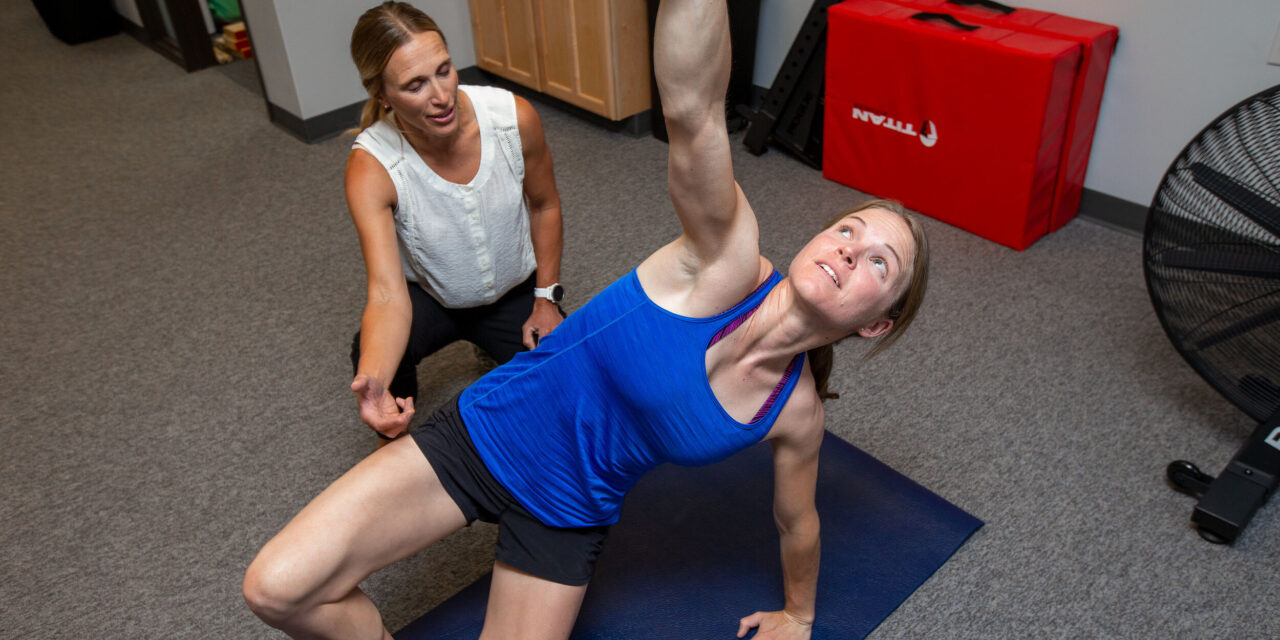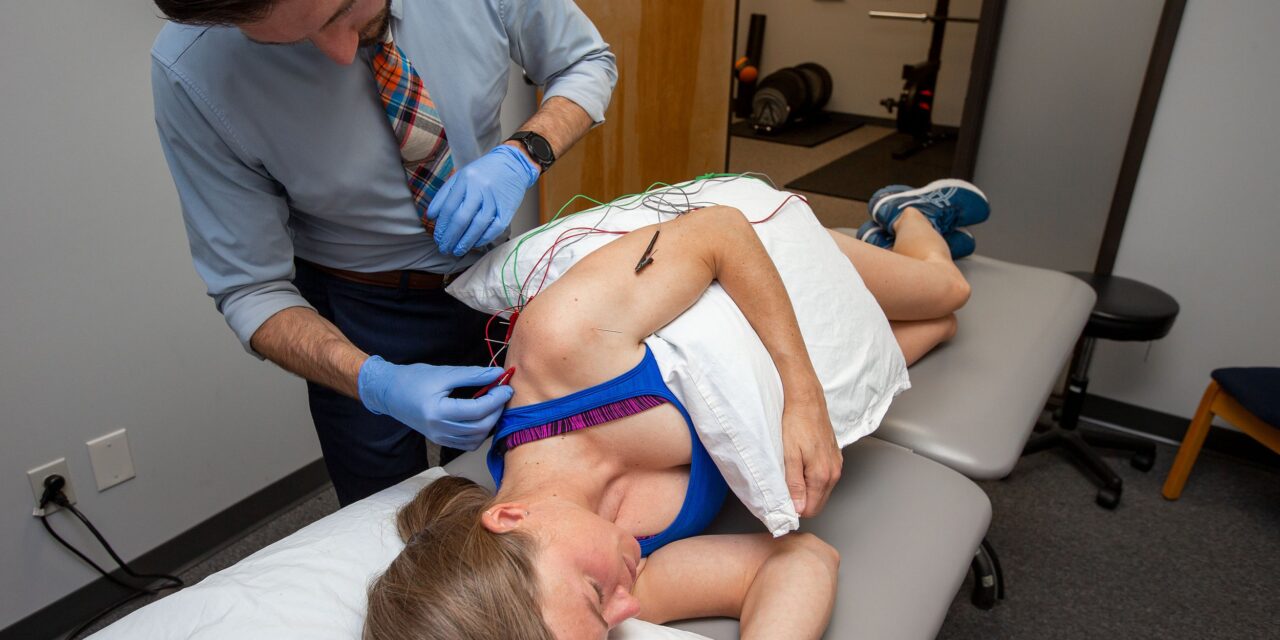Climbing Overuse Injuries, Why?
By: John Crawley, PT, DPT, OCS Rock climbing, like all other sports, has risk factors that contribute to injury rates. Knowing what factors contribute to added injury risk can help participants build better training programs and potentially reduce future risk of injury. Luckily, researchers have begun to ask these questions and have made progress in...

